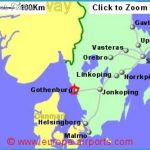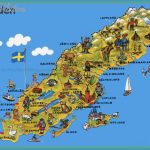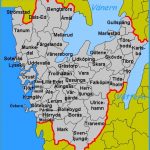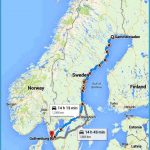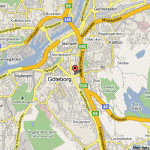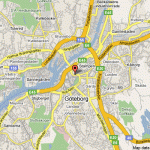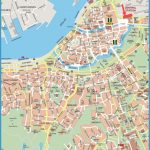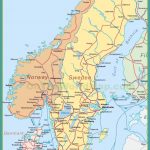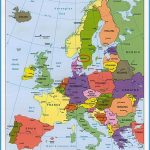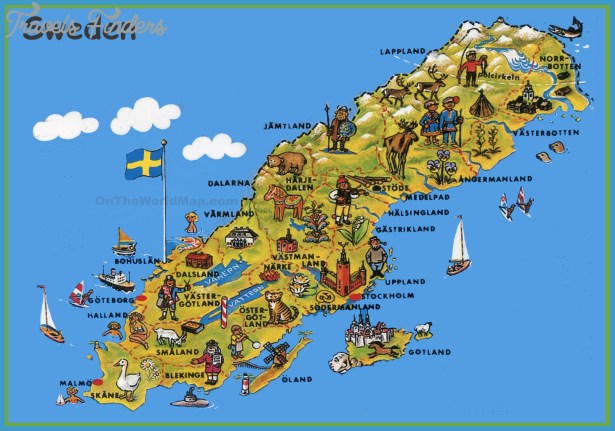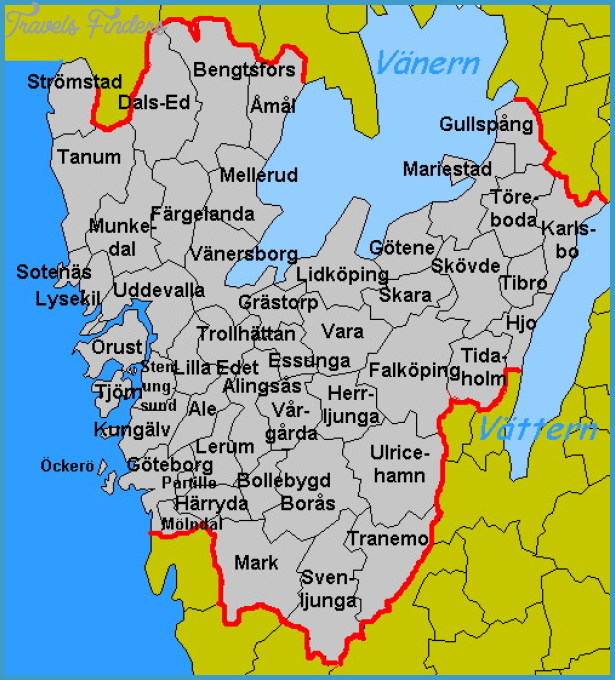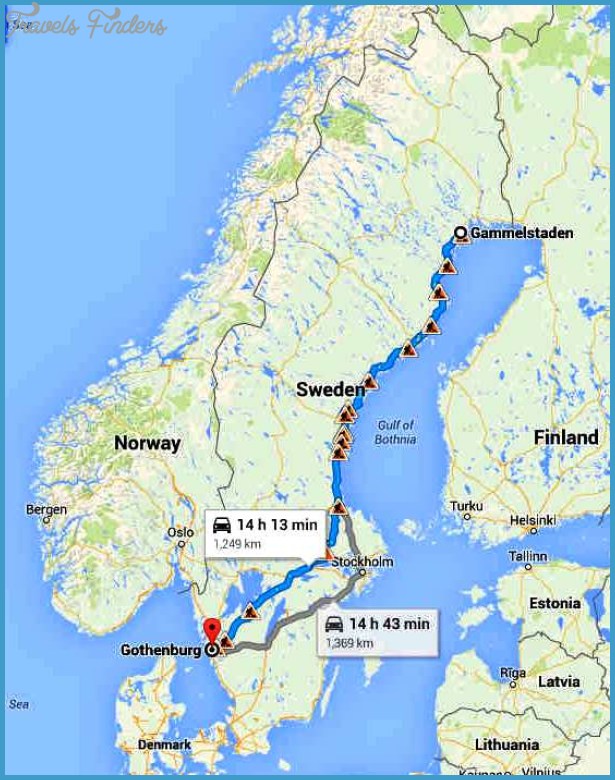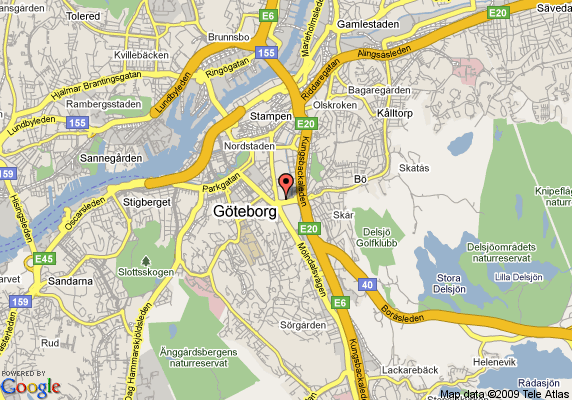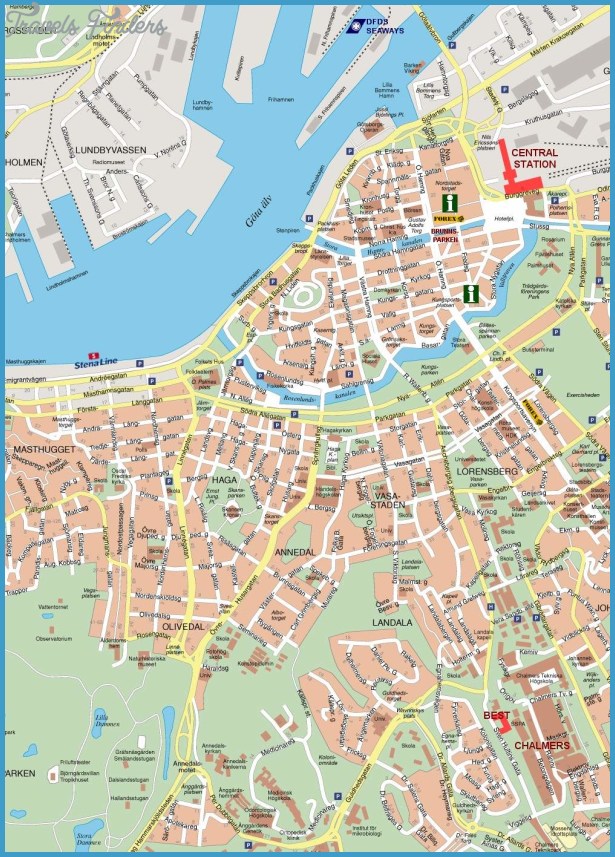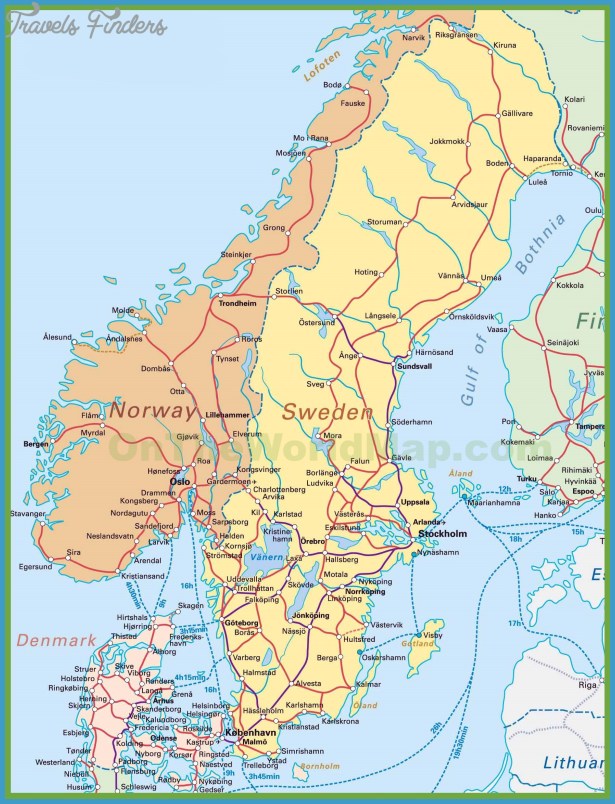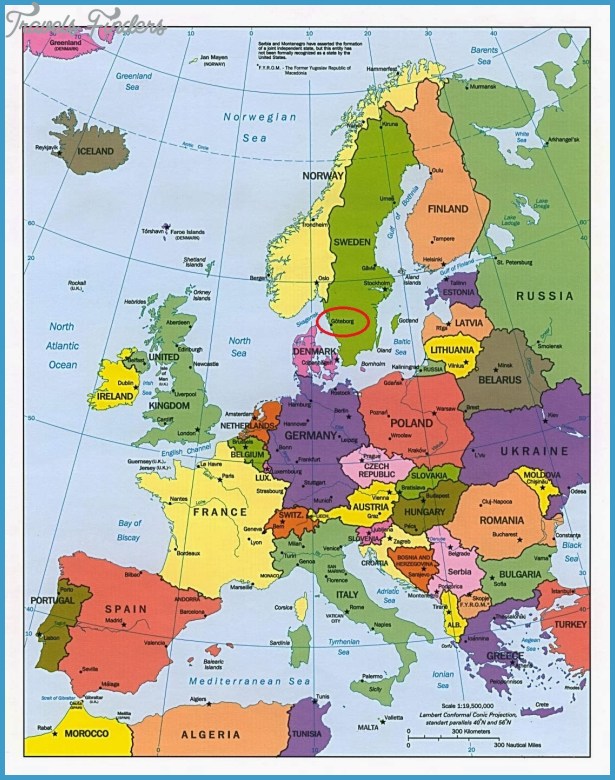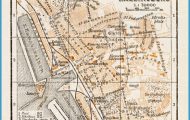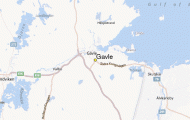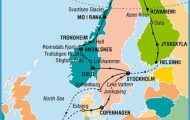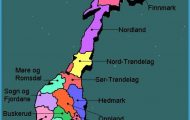Province: Goteborgs och Bohus Ian.
Region: Bohuslan
Altitude: sea level. Population: 440,000. Postal code: S-400 Telephone code: 0 31. (‘J’N Goteborgs Turistbyra,
Parkgatan 2, S-41138 Goteborg; tel. 13 60 28 and 13 59 92.
HOTELS. Park Avenue Hotel, Kungsportsavenyn 3638, 500 SB; Europa, Kopmansgatan 38, 800 SB, pedestrian underpass to Central Station; Rubinen, Kingsportsavenyn 24, 270 Windsor, Kungsportsavenyn 6,121 Scandinavia, Kustgatan 10, 650 SB; Opaen, Engelbrektsgatan 73, 335 Carl Johan, Karl Johansgatan 6670, 290 Royal, Drottninggatan 67,100 Eggers, Drottningtorget 1, 130 Excelsior, Karl Gustavsgatan 9, 160 Ritz (Salvation Army), Burggrevegatan 25,170 Victors Hotell, Skeppsbroplatsen 1, 94 Heden, Sten Sturegatan, 294 Kung Karl, Nils Ericsonsgatan 23, 130 Lorensberg, Berzelligatan 15, 200 OK Motor Hotell, Kaggeledsgatan 43, 170 SP; Ramada, Gamla Tingstadsgatan 1, 260 SB; Onyxen, Sten Sturegatan 23, 60 Tre Kronor, Norra Kustbanegatan 15, 300 Vasa, Viktoriagatan 6, 65
Orgryte, Danska Vagen 70, 142 Omen, Lorensbergsgatan 6, 60 Hallarna, Partihan-delsgatan, 198 b. Esso Motor Hotel, Hisings- Backa, Backebolsvagen, 378 SB. Esso Motor Hotel, Molndal, 7 km (4£ m) S. Abro, 287 b„ SB.
YOUTH HOSTELS. Johannebergsskolan (10 June to 10 August), Olog Rudbecksgatan 4, 170 Torrekulla Turiststation, K£llered, near Molndal, 60 b.
CAMP SITES. Two at Askim, 10 km (6 miles) S of Gothenburg, both with heated SP; Torslanda, 20 km (12 miles) NW.
RESTAURANTS. Johanna, Sodra Hamngatan 47; Fiskekrogen, Lilia Torget 1, Valand, Kungsportsavenyn; Henriksberg (fish specialties), Stigbergsgatan 7, with view of harbour; White CornerPajazzo, Vasagatan 43; Tradgardsfdreningen, Liseberg Huvud-restaurant, both with cabaret and floor show.
SPORTS and RECREATION. Swimming, sailing, golf, fishing, sea angling.
Gothenburg (in Swedish Goteborg), lying on the shores of the Kattegat on both banks of the Gotaalv, is Sweden’s second largest city and its leading port and commercial town. The administrative capital of the province of Goteborgs och Bohus Ian, it has a university and a college of technology and is the see of a bishop. Its economy is largely dependent on major industrial activities, including shipbuilding (though this has declined considerably in recent years), motor vehicles (Volvo), the manufacture of ball-bearings and the chemical industry. There are ferry services to England, to Denmark, Holland and Norway, and to Kiel and Lubeck-Travemiinde in Germany.
HISTORY. Gothenburg is a relatively young town, having received its charter from King Gustav II Adolf (Gustavus Adolphus) only in 1 621 to open Swedish trade to the W and counteract the punishing tolls exacted by the Danes on all shipping passing through the Oresund. There had been four earlier settlements in the area, but all had been destroyed either by war or fire. Settlers from Holland had great influence on the early development of the town: the membership ofthe first town council comprised ten Dutchmen, seven Swedes and one Scot. Gothenburg quickly grew into a major port, involved particularly in the shipment of timber and iron. During Napoleon’s continental blockade (1806) it was the focal point for British trade with northern Europe. This period saw the rise of the merchant aristocracy from whose munificence the city frequently benefited.
Gothenburg’s heyday as an international port began in the early years of the 20th c. as a result of the development of transatlantic traffic, and roughly a quarter of the Swedish merchant fleet is now based there. With over 20 km (1 2 miles) of quays, the port (almost always ice-free) is the largest in northern Europe, and can accommodate tankers of up to
225,000 GRT (Gross Register Tonnage). The people of Gothenburg are open-minded and liberally disposed and have always looked towards the West: in their eyes Stockholm is in Siberia. A favourite Swedish joke declares that when it rains in London the people of Gothenburg unfurl their umbrellas.
SIGHTS. Following the Dutch pattern, the main traffic arteries of Gothenburg were once canals, most of which have been filled in and are now streets (e.g. Ostra and Vastra Hamngatan). Only the central canal, the Stora Hamnkartal, and the old defensive moat which runs round the S side of the old town have been preserved. By the Stora Hamnkanal is Gustav Adolfs Torg, a large square which until 1 854 was known as Stora Torget. In that year the statue of Gustav II Adolf (by B. E. Fogelberg) which stands in the square was erected. It is the second copy of the statue: the original was acquired by Bremen aftertheshipcarrying it ran aground and the citizens of Gothenburg refused to pay the salvage money demanded by the men of Heligoland. On the N side of the square is the Exchange (,Borsen, 1 849), which also houses the city’s Council Chamber and a museum devoted to the Czech composer Smetana, who lived in Gothenburg from 1856 to 1 861. On the W side of the square is the Town Hall (Radhus, 1 762), designed by Nicodemus Tessin the Elder, with a beautiful innercourtyard. The N wing was designed by E. G. Asplund (1 935-7); the relief, The Winds”, was the work of Eric Grates. Behind the Town Hall to the W, in Norra Hamngata, stands the Kristine Kyrka or German Church (rebuilt 1 748-83), with the octagonal burial vault of Field Marshal Rutqer von Ascheberg (1693), governor of Skane, Halland, Goteborg and Bohuslan. Farther along, at 12 Norra Hamngata, the former headquarters (1750) of the East India Company now houses the Historical Museum, with material of historical and ethnographic interest, particularly from western Sweden and the Gothenburg region. In the same building are the Archaeological Museum and the Museum of Ethnography, with interesting collections of the Lapps and Eskimos among much else. To the N, in Kronhusgata, is the Kronhus (1643-53), Gothenburg’s oldest building, used in the past as a warehouse, an arsenal and a garrison church. In the great hall (Rikssalen) the five-year-old Charles XI was proclaimed king in 1 660. Part of the building is now occupied by the Municipal Museum. Adjoining are the Kronhusbodar (1756-9), converted into shops and workshops at the end of the 1 9th c. in the style of that period. Across the Stora Hamnkanal from the Historical Museum, to the right, is the Lilia Torg, with a statue of the textile manufacturer Jonas Alstromer (1685-1761) by Borjesson (1 904). Farther to the right, at the end of Sodra Hamngata, stands the 17th c. Governor’s Residence (rebuilt and enlarged about 1 850). Along Vastra Hamngata, at the intersection with Kungsgata (on left), is the Cathedral (Domkyrka), built in 1 81 5 on the ruins of two earlier churches which had been destroyed by fire.

